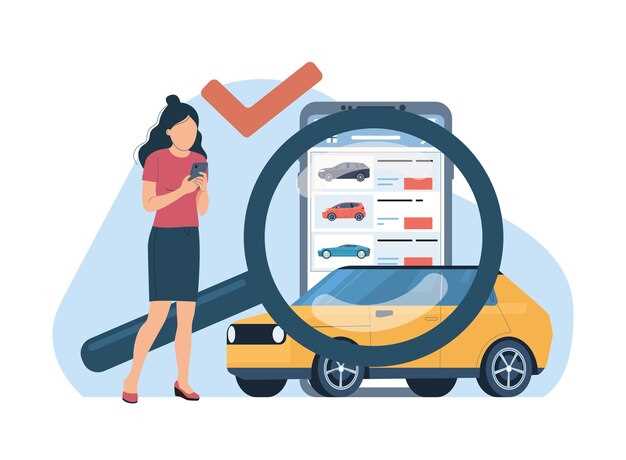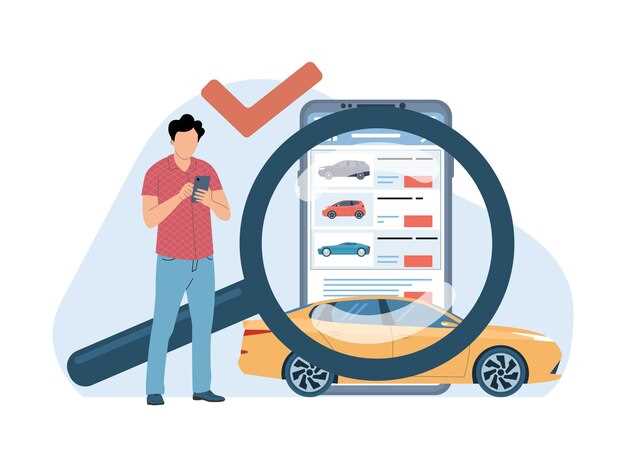
When it comes to purchasing a salvage vehicle, understanding its value is crucial for both potential buyers and sellers. A salvage vehicle, often considered a risky investment, has typically been involved in an accident or has suffered significant damage, leading to its classification as a total loss by an insurance company. Despite this negative connotation, many buyers are drawn to salvage vehicles due to their lower initial purchase price and the potential for profit upon resale.
Evaluating the worth of a salvage vehicle requires careful consideration of several key factors. The history of the vehicle, including the extent of repairs needed and the quality of past maintenance, plays a vital role in determining its current market value. Moreover, assessing the demand for similar vehicles in the resale market can provide valuable insights into how well the salvage vehicle might perform after repairs are made.
Additionally, potential buyers must weigh the costs associated with bringing a salvage vehicle back to roadworthy condition. This includes parts, labor, and any modifications necessary to meet local regulations. Understanding these expenses relative to expected resale value is essential for making an informed decision. With the right knowledge and assessment, a salvage vehicle can transition from a perceived liability to a lucrative opportunity for savvy investors.
Understanding Different Valuation Methods for Salvage Cars

Valuation of salvage vehicles involves assessing their worth after damage or accidents, which is crucial for sellers, buyers, and insurance companies. Several approaches exist to determine the value of a salvage car, with each method providing distinct insights.
1. Market Comparison Method
This approach evaluates the salvage vehicle’s value by comparing it to similar vehicles in the market. By analyzing the sale prices of comparable salvage cars, one can estimate a fair market value. Adjustments may be necessary based on factors like the car’s make, model, year, and overall condition.
2. Cost Approach
The cost approach assesses the value based on the cost to repair the vehicle to a condition similar to that of its original state. This method involves estimating repair costs, subtracting depreciation, and considering the pre-accident value. This valuation is useful when exact market comparables are challenging to find.
3. Income Approach
Although less common for salvage vehicles, the income approach estimates potential income generation from the vehicle if it were repaired and used for rental purposes. This method considers the future cash flows the vehicle may generate, discounted to present value. It’s particularly relevant for salvage cars intended for commercial use.
4. Appraisal by a Professional
Engaging a professional appraiser can yield a reliable valuation. Appraisers utilize their expertise and established methodologies to assess salvage vehicles. They consider various factors, including market trends, vehicle condition, and repair feasibility, ensuring a comprehensive valuation.
Choosing the appropriate valuation method depends on the specific circumstances surrounding the salvage vehicle. Understanding these different approaches can significantly enhance decision-making for all parties involved in salvage vehicle transactions.
Factors Influencing Resale Price of Salvage Vehicles
The resale price of salvage vehicles is influenced by several critical factors that potential buyers and sellers should consider during the valuation process. Understanding these factors can help in making informed decisions regarding the purchase or sale of a salvage vehicle.
One significant factor is the extent of damage sustained by the vehicle. The type and severity of damage–whether structural, engine-related, or cosmetic–directly impact the vehicle’s overall value. Vehicles with minimal damage may retain more of their original market value compared to those that are extensively damaged.
The vehicle’s make and model is another important consideration. High-demand brands or models with a reputation for reliability often have better resale prices, even if they have been salvaged. Conversely, vehicles from brands known for depreciation may not fetch as high a price, regardless of their condition.
Repair history plays a crucial role in determining resale price. A well-documented repair history can enhance confidence among potential buyers about the integrity and safety of the vehicle, positively influencing its valuation. Buyers are more inclined to purchase a salvage vehicle that has undergone thorough repairs and has been certified roadworthy.
The age of the vehicle also affects its resale price. Newer salvage vehicles might retain a higher percentage of their value compared to older models due to advanced technologies and features that newer cars typically have. Additionally, the mileage on the vehicle is a significant factor that buyers consider. Vehicles with lower mileage may attract a higher resale price as they are perceived to have a longer lifespan ahead.
The local market conditions, including demand and supply trends, can cause fluctuations in the resale price of salvage vehicles. In areas where salvage vehicles are increasingly sought after for repairs or parts, prices may be higher. Conversely, regions with less demand may see lower resale values.
Lastly, the salvage title itself can influence buyer perception and, consequently, the resale price. Vehicles with a salvage title may be viewed as less desirable, leading to lower offers. However, if the vehicle has been restored and has passed safety inspections, it may mitigate some of the stigma associated with a salvage title, positively impacting its valuation.
Steps to Determine the Best Selling Strategy for Salvage Cars

When it comes to selling salvage cars, a well-defined strategy can significantly impact the profit margins. Here are key steps to assess the best selling strategy effectively:
1. Conduct a Thorough Valuation
Start by obtaining a precise valuation of the salvage vehicle. Consider factors such as the car’s make, model, year, and overall condition. Utilize tools like online valuation calculators or consult with professional appraisers to understand the market value and how salvage title impacts it.
2. Research the Market Demand
Investigate the current demand for salvage vehicles in your area. Check local listings, auction sites, and vehicle marketplaces to gauge competitive pricing. Understanding which types of cars sell better will help you tailor your strategy.
3. Evaluate Repair Costs
Assess whether repairing the vehicle will increase its resale value. Calculate the repair costs and compare them to the potential increase in valuation. If the repairs yield a higher profit margin, consider restoring the vehicle before selling.
4. Choose the Right Sales Platform
Decide on the most effective platform to sell your salvage vehicle. Options include online auction websites, classified ads, or direct sales to salvage yards. Each platform has its benefits and target audience, so select one that aligns with your valuation and target buyers.
5. Prepare the Vehicle for Sale
Ensure the vehicle is presentable and correctly documented. Provide potential buyers with a detailed history, including any repairs or modifications. A well-documented vehicle can enhance trust and justify the valuation you set.
6. Set a Competitive Price
Based on your valuation and research, establish a competitive price that reflects the market conditions. Be flexible to negotiate, but remain aware of the vehicle’s worth to avoid undervaluing it during transactions.
7. Promote Effectively
Utilize various marketing channels to promote your salvage car. High-quality photographs, clear descriptions, and using social media platforms can enhance visibility and attract potential buyers. Emphasize unique selling points that justify your asking price.
By following these steps, you can create an effective selling strategy that maximizes your vehicle’s value while ensuring a smooth transaction process.
